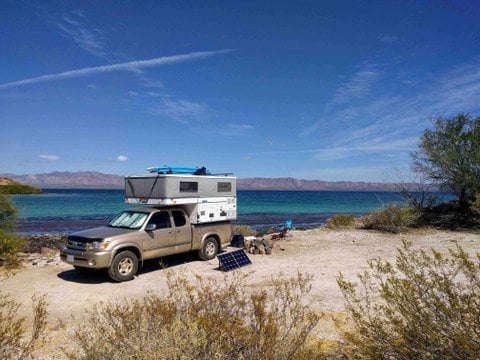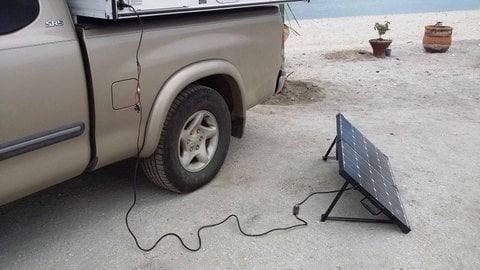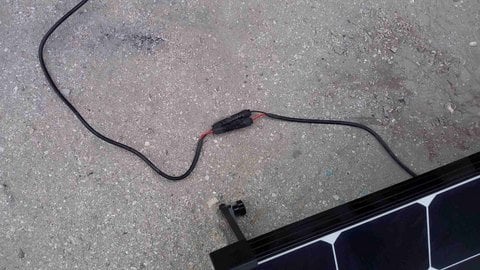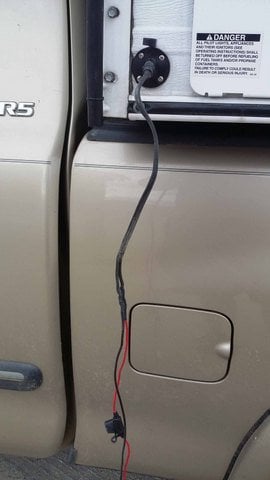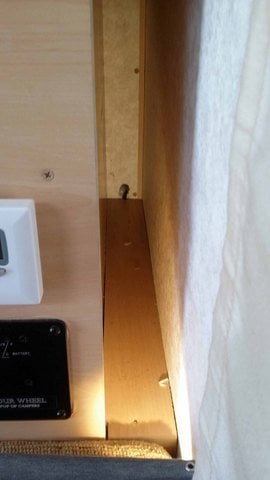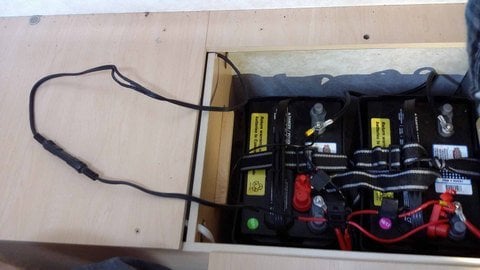Zirdu
Senior Member
"The hassle is dealing with a loose coil of solar wire which is pretty stiff stuff".
I am in the process of making a folding portable solar panel. I am using two 50 watt flexible panels. I will wire them in series, to match the voltage of the series panels on my roof. For the solar wire from the panel to the rear plug, I plan to use #10 AWG landscape wire purchased from Home Depot. They sell it in bulk. I used this for a previous solar panel I put on an old FWC I had previously, and it worked great. It is fairly flexible, and is designed to go outdoors, so I think it will work fine..
I am in the process of making a folding portable solar panel. I am using two 50 watt flexible panels. I will wire them in series, to match the voltage of the series panels on my roof. For the solar wire from the panel to the rear plug, I plan to use #10 AWG landscape wire purchased from Home Depot. They sell it in bulk. I used this for a previous solar panel I put on an old FWC I had previously, and it worked great. It is fairly flexible, and is designed to go outdoors, so I think it will work fine..

